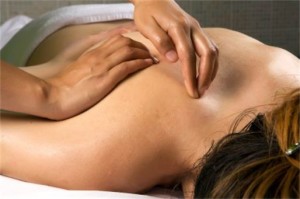Tui Na Acupressure Massage
During your acupuncture visit, you may receive tui na for a few minutes before or after acupuncture in order to support the effectiveness of the treatment.
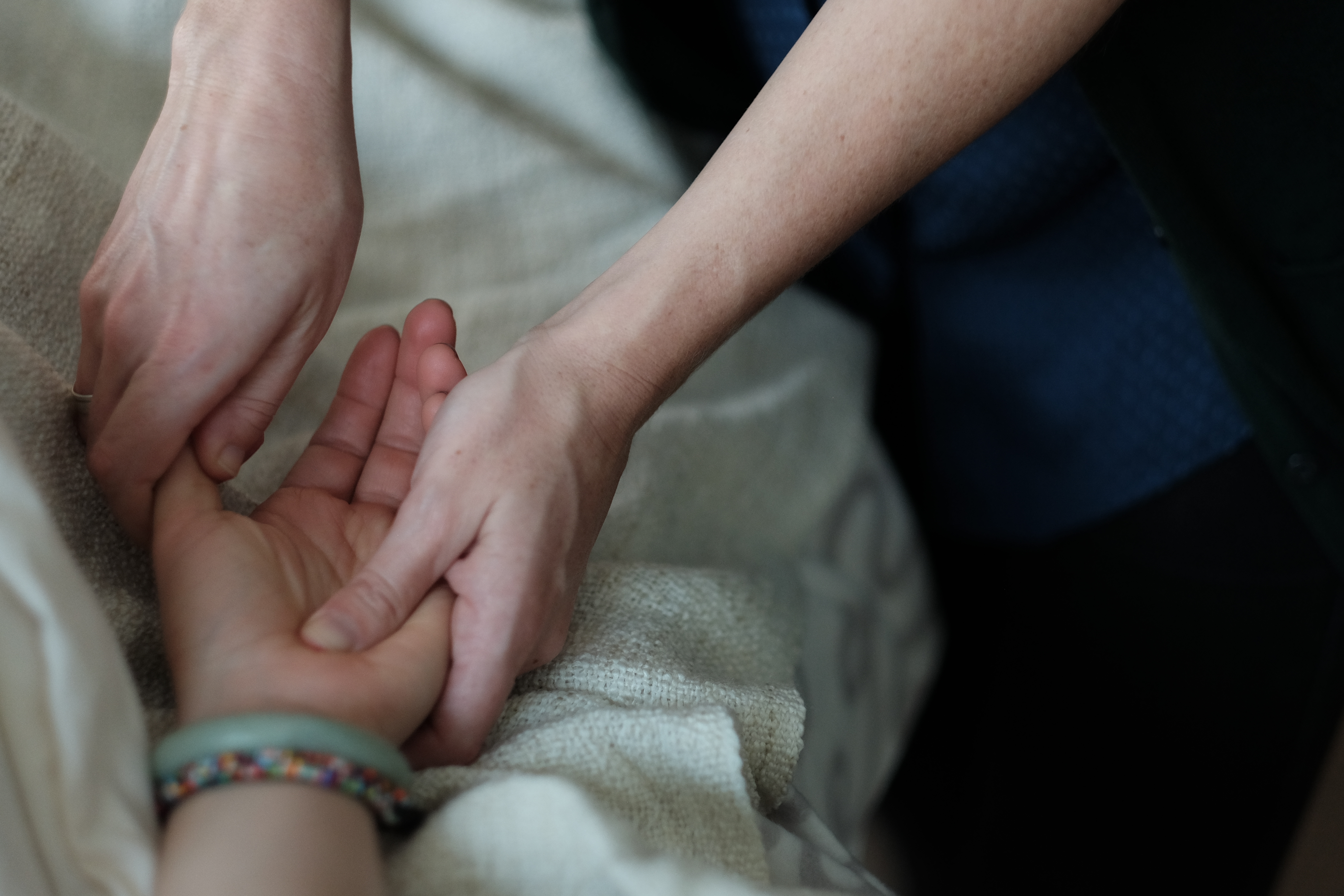
Tui Na is a powerful form of medical massage based on the same traditional Chinese medical principles as acupuncture. Tui Na, which literally means “pushing, grasping,” involves manual techniques such as brushing, kneading, roll/pressing, traction, range of motion, and rubbing along the affected meridians to improve the circulation of qi and blood in the meridians and muscles.
Tui Na is particularly effective in the treatment of both acute and chronic musculoskeletal conditions, such as structural misalignments and sports injuries, as well as internal diseases.
Cupping Therapy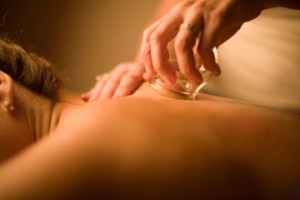
Cupping is a painless technique, used in many cultures, in which a special cup is applied to the skin and held in place by suction. The suction draws superficial tissue into the cup. The cup may either be left in place or moved along the body.
Cupping increases circulation to the area and there by reduces pain and improves blood flow. Cupping is one of the best deep-tissue therapies available. It is thought to affect tissues up to four inches deep from the external skin. Toxins can be released, blockages can be cleared, and veins and arteries can be refreshed within these four inches of tissue.
Gua Sha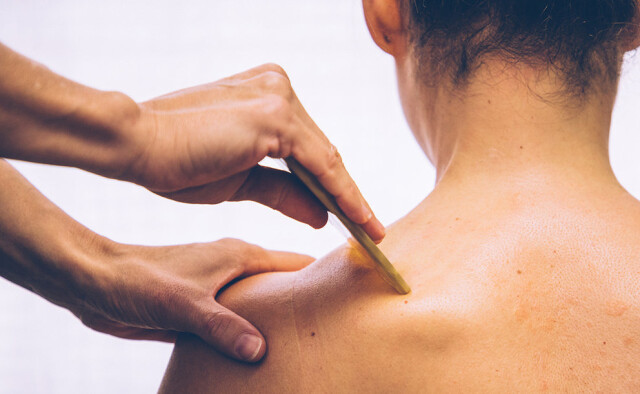
Gua sha is a manual therapy where one uses a smooth-edged tool such as a stone to gently scrape areas of the body. Gua sha affects the soft tissues below the skin, including the fascia or connective tissue, the muscles, and tendons to improve blood flow, reduce inflammation, break up adhesions, improve scar tissue, and increase range of motion. In my practice I use gua sha for repetitive stress injuries such as tendonitis, carpal tunnel syndrome, golfer’s elbow, tennis elbow, shin splints, plantar fasciitis, and trigger finger, as well as for other soft tissue injuries such as sprains, back and neck pain, and for muscle tension causing headaches. Gua sha helps to break up adhesions in connective tissue, improve scar tissue, and promote healing of chronic injuries. Additionally, gua sha can promote lymphatic drainage and stimulate the immune response. I often use gua sha when there are signs of exposure to a virus to help the body fight infection.
Brief History of Gua Sha
Gua sha is believed to have originated in ancient China, with historical records dating back to the paleolithic period. Gua Sha was popularized in the physical therapy field after David Graston, a machinist, appropriated the technique as his own after using gua sha to heal his knee injury. Today gua sha is routinely used by many health professionals, including massage therapists, physical therapists, and chiropractors to treat soft tissue conditions.
Moxibustion
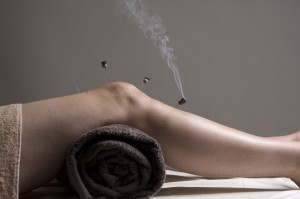 Moxibustion is a form of heat therapy that uses the herb mugwort (i.e., ‘moxa’) which is rolled into a tube-like shape and held over acupoints, or placed on the tops of acupuncture needles, and lit to warm the channels in the body, promoting the flow of qi and strengthening the blood.
Moxibustion is a form of heat therapy that uses the herb mugwort (i.e., ‘moxa’) which is rolled into a tube-like shape and held over acupoints, or placed on the tops of acupuncture needles, and lit to warm the channels in the body, promoting the flow of qi and strengthening the blood.
Combined with traditional acupuncture, moxibustion has been found to be very helpful in the treatment of digestive disorders, arthritis, gynecological disorders, internal bleeding, turning breech babies before term, and many other conditions.
